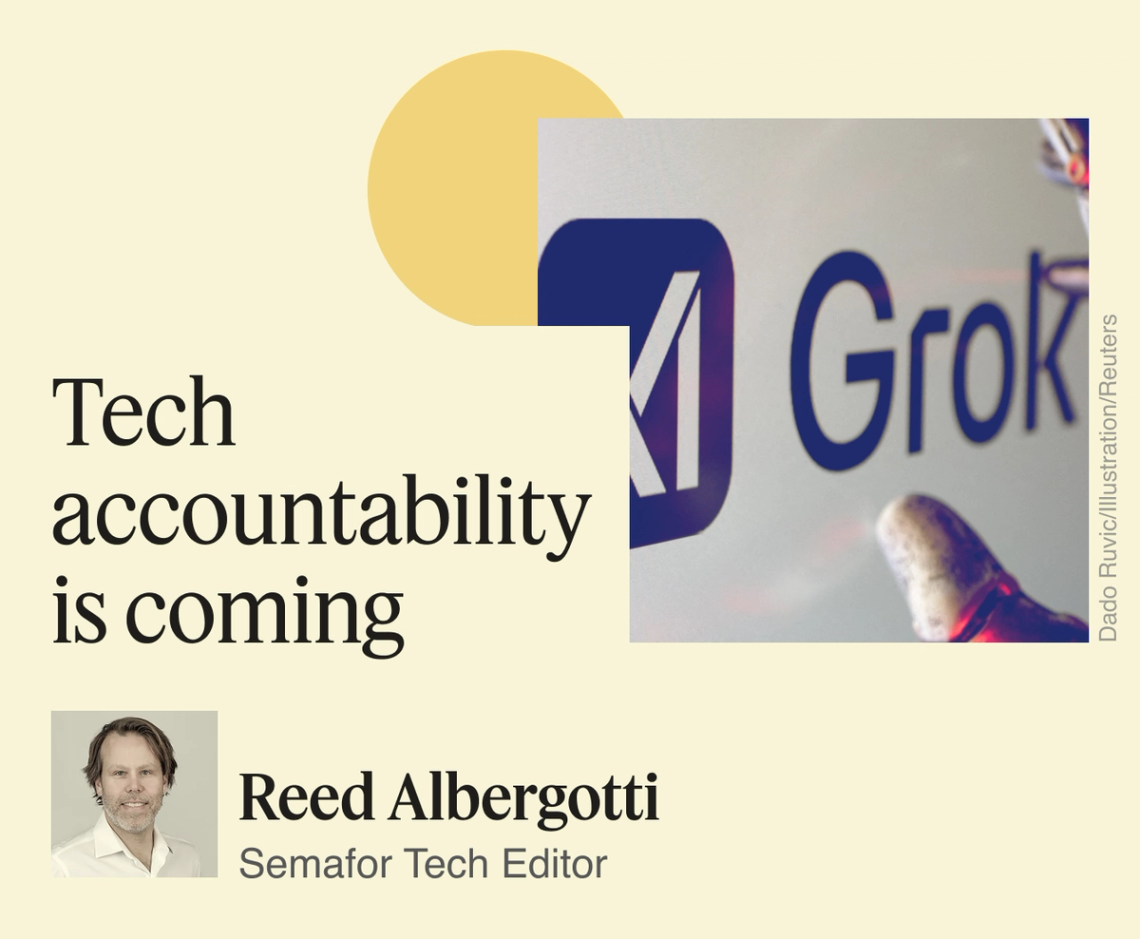 Late last year, Grok, the chatbot created by Elon Musk’s xAI, began creating and publicly displaying nonconsensual, sexually suggestive deepfakes of real people. The outrage has been growing and finally may have reached boiling point. Opposing sexual exploitation of minors may be the most bipartisan issue on the planet. Forty-eight US states have passed some form of a law banning the use of AI to create sexually suggestive, fake imagery of real people. So has the federal government, and other countries around the world. And yet: There seem to have been little consequences — at least for now — for violations on Grok and other, smaller platforms. (We’ve seen some threats of action from European countries.) It may feel like the endlessly discussed dead end of social media regulation. But this isn’t the social media era. Companies like Facebook were protected from almost any liability for publishing user-generated content. Grok and other AI companies have no such invincibility. That’s because they are creating the content this time, unambiguously on their own servers. (This still needs to be decided in court, but it’s highly unlikely that content created by a company will be considered user-generated). In this new AI era, people have a lot more power to hold companies accountable. The copyright lawsuit against Anthropic that resulted in a $1.5 billion settlement was a good example. In the US, the first salvos against companies like Grok could be civil suits. But law enforcement and regulatory agencies have real power here — and I’d be very surprised if they don’t start using it. |